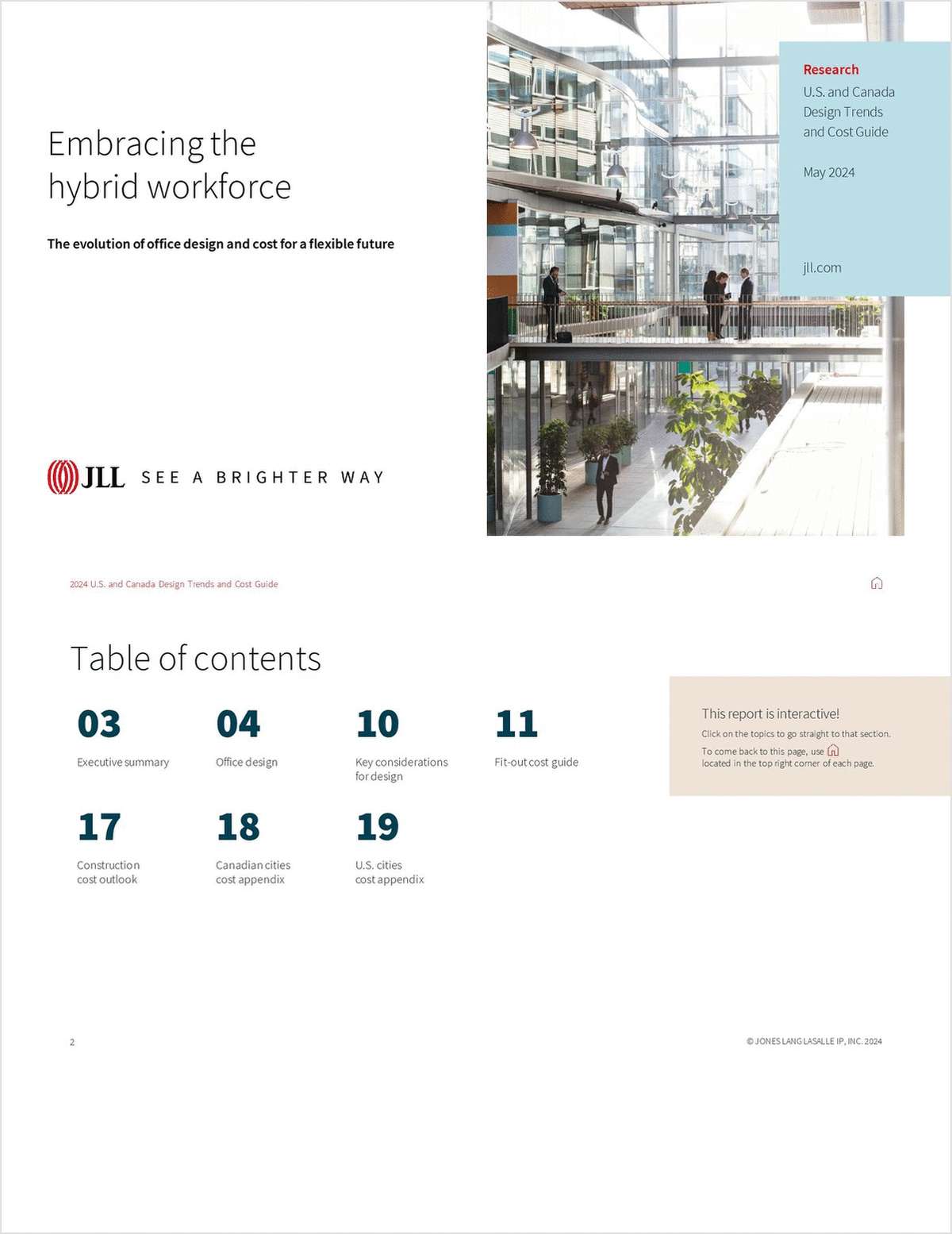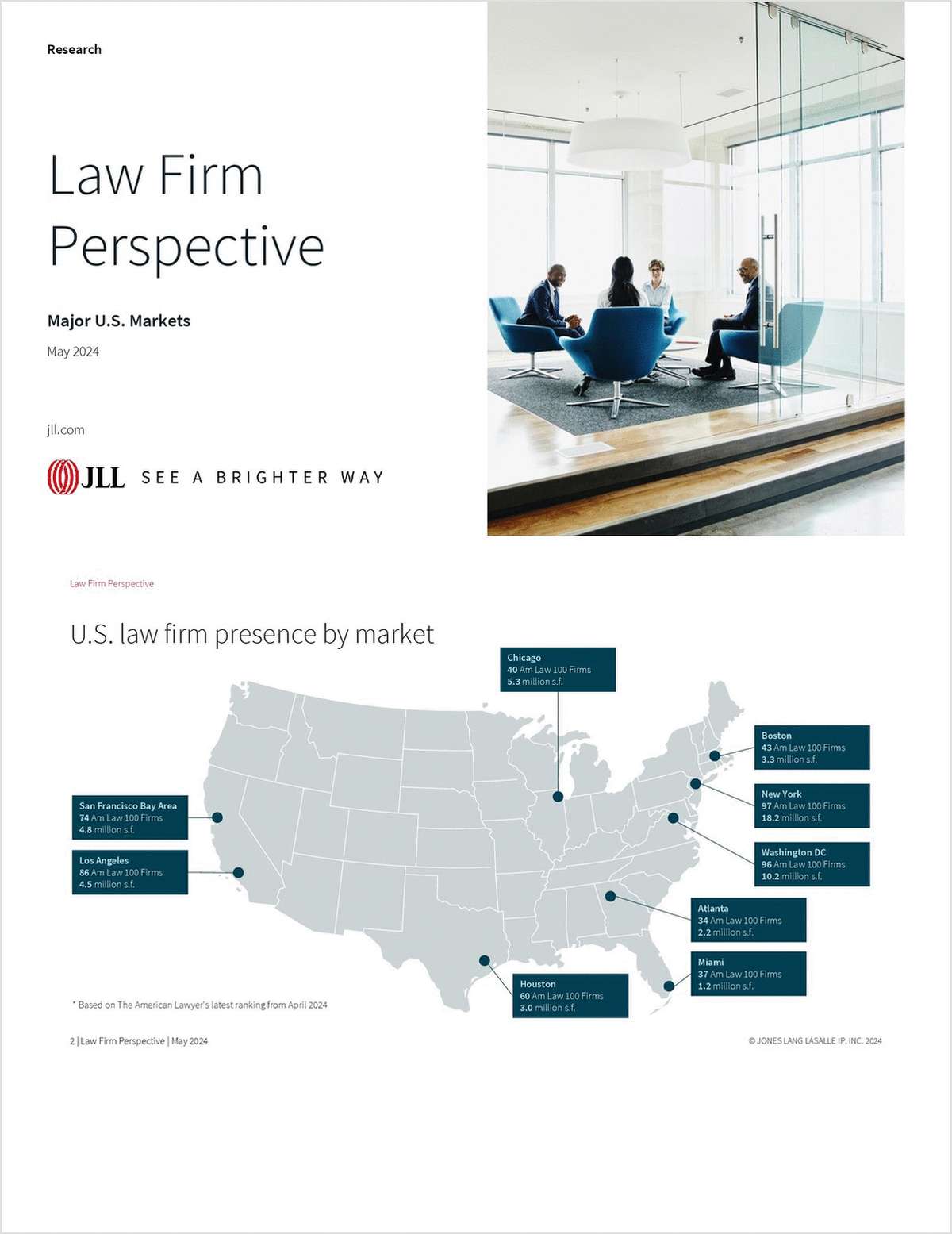 Photo: Shutterstock.
Photo: Shutterstock.Wonderful. Another 'Best' Law Firms for Women List.
Why do we have to be positive and chipper when we know that women are making scant progress in law firms?
November 15, 2019 at 04:59 PM
4 minute read
Sometimes I think there must an entire industry banking on women being clueless. Or just stupid. How else to account for the proliferation of those lists that name the "best" law firms or workplaces for women?
The latest is WomenInc. Magazine's 2019 top 100 law firms for women. The magazine states that these firms were picked based on their "inclusive advancement, equity and policy for women."
 First of all, holy moly! Who knew that there are now 100 major firms deserving of such an honor? Last I checked, women are underrepresented in just about every measure at most firms. The firms on the list appear to be Am Law 200 firms—which means that the chosen ones are in the top 50%. Whoopee!
First of all, holy moly! Who knew that there are now 100 major firms deserving of such an honor? Last I checked, women are underrepresented in just about every measure at most firms. The firms on the list appear to be Am Law 200 firms—which means that the chosen ones are in the top 50%. Whoopee!
So which firms are on the list? Well, this gets a bit interesting. What jumped out was Jones Day, a firm that's facing two high-profile lawsuits for gender discrimination: one brought by six of its female lawyers and another by former Supreme Court clerks Mark Savignac and Julia Sheketoff, a married couple who worked at the firm.
Even assuming for the sake of argument that those lawsuits are meritless, it's still hard to argue that a firm like Jones Day belongs on any "best" list for women.
As every Big Law watcher knows, Jones Day operates as a black box on compensation and equity partner matters, meaning no one knows how many female partners have equity or how much they make. Ironically, though, WomenInc. makes a big fuss that it focused on women's equity status in its selection: "These law firms have purposefully worked to foster inclusion by promoting women attorneys into equity partnership ranks."
And what firms didn't make the list? Debevoise & Plimpton; Arnold & Porter Kaye Scholer; Littler Mendelson; and Wilmer Cutler Pickering Hale and Dorr were all conspicuously absent, despite their progressive reputations on the gender front.
All this raises the question of how firms get on these list. (We've asked WomenInc. for comment but have not heard back.)
According to WomenInc.'s press release, the publication used "objective criteria" based on "a demonstrated track record of commitment through holistic actions." Beside looking at how firms hire, retain and promote women, the publication considered work-life balance policies like "parental leaves, flexible work schedules and affinity employee resource groups."
This content has been archived. It is available through our partners, LexisNexis® and Bloomberg Law.
To view this content, please continue to their sites.
Not a Lexis Subscriber?
Subscribe Now
Not a Bloomberg Law Subscriber?
Subscribe Now
NOT FOR REPRINT
© 2024 ALM Global, LLC, All Rights Reserved. Request academic re-use from www.copyright.com. All other uses, submit a request to [email protected]. For more information visit Asset & Logo Licensing.
You Might Like
View All
As Big Law Walks a Tightrope, Herbert Smith Freehills Refuses to Lose Its Footing
8 minute read
Holy Grail: Can Changing Big Law Recruiting, Hiring and Training Lead to Greater Retention?
10 minute readLaw Firms Mentioned
Trending Stories
Who Got The Work
Michael G. Bongiorno, Andrew Scott Dulberg and Elizabeth E. Driscoll from Wilmer Cutler Pickering Hale and Dorr have stepped in to represent Symbotic Inc., an A.I.-enabled technology platform that focuses on increasing supply chain efficiency, and other defendants in a pending shareholder derivative lawsuit. The case, filed Oct. 2 in Massachusetts District Court by the Brown Law Firm on behalf of Stephen Austen, accuses certain officers and directors of misleading investors in regard to Symbotic's potential for margin growth by failing to disclose that the company was not equipped to timely deploy its systems or manage expenses through project delays. The case, assigned to U.S. District Judge Nathaniel M. Gorton, is 1:24-cv-12522, Austen v. Cohen et al.
Who Got The Work
Edmund Polubinski and Marie Killmond of Davis Polk & Wardwell have entered appearances for data platform software development company MongoDB and other defendants in a pending shareholder derivative lawsuit. The action, filed Oct. 7 in New York Southern District Court by the Brown Law Firm, accuses the company's directors and/or officers of falsely expressing confidence in the company’s restructuring of its sales incentive plan and downplaying the severity of decreases in its upfront commitments. The case is 1:24-cv-07594, Roy v. Ittycheria et al.
Who Got The Work
Amy O. Bruchs and Kurt F. Ellison of Michael Best & Friedrich have entered appearances for Epic Systems Corp. in a pending employment discrimination lawsuit. The suit was filed Sept. 7 in Wisconsin Western District Court by Levine Eisberner LLC and Siri & Glimstad on behalf of a project manager who claims that he was wrongfully terminated after applying for a religious exemption to the defendant's COVID-19 vaccine mandate. The case, assigned to U.S. Magistrate Judge Anita Marie Boor, is 3:24-cv-00630, Secker, Nathan v. Epic Systems Corporation.
Who Got The Work
David X. Sullivan, Thomas J. Finn and Gregory A. Hall from McCarter & English have entered appearances for Sunrun Installation Services in a pending civil rights lawsuit. The complaint was filed Sept. 4 in Connecticut District Court by attorney Robert M. Berke on behalf of former employee George Edward Steins, who was arrested and charged with employing an unregistered home improvement salesperson. The complaint alleges that had Sunrun informed the Connecticut Department of Consumer Protection that the plaintiff's employment had ended in 2017 and that he no longer held Sunrun's home improvement contractor license, he would not have been hit with charges, which were dismissed in May 2024. The case, assigned to U.S. District Judge Jeffrey A. Meyer, is 3:24-cv-01423, Steins v. Sunrun, Inc. et al.
Who Got The Work
Greenberg Traurig shareholder Joshua L. Raskin has entered an appearance for boohoo.com UK Ltd. in a pending patent infringement lawsuit. The suit, filed Sept. 3 in Texas Eastern District Court by Rozier Hardt McDonough on behalf of Alto Dynamics, asserts five patents related to an online shopping platform. The case, assigned to U.S. District Judge Rodney Gilstrap, is 2:24-cv-00719, Alto Dynamics, LLC v. boohoo.com UK Limited.
Featured Firms
Law Offices of Gary Martin Hays & Associates, P.C.
(470) 294-1674
Law Offices of Mark E. Salomone
(857) 444-6468
Smith & Hassler
(713) 739-1250












